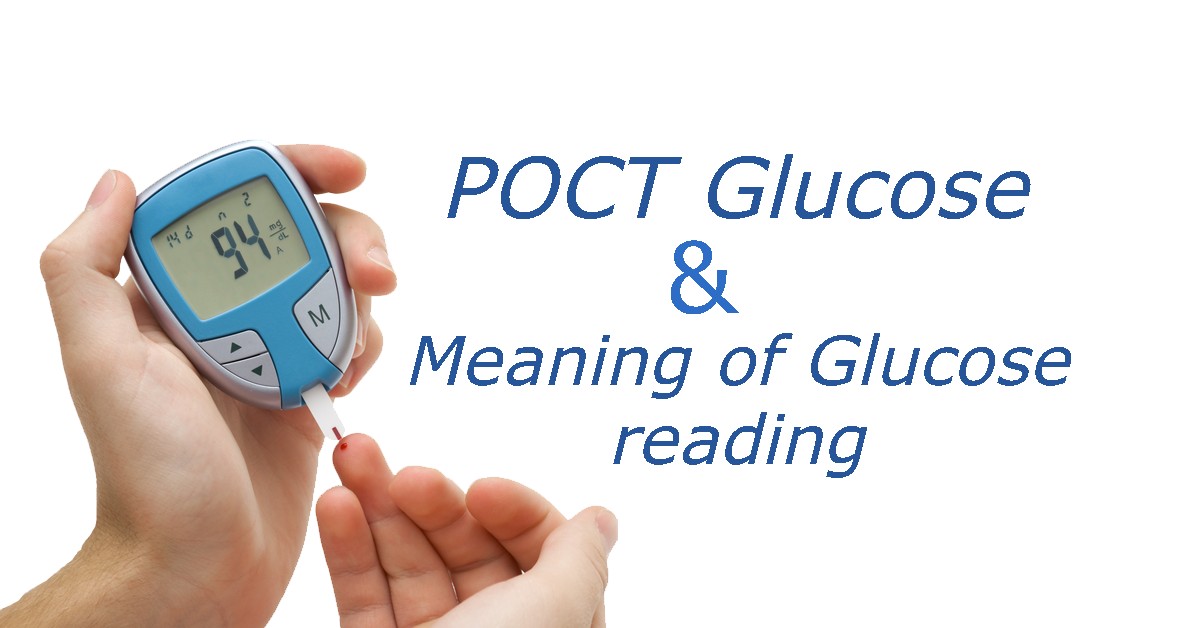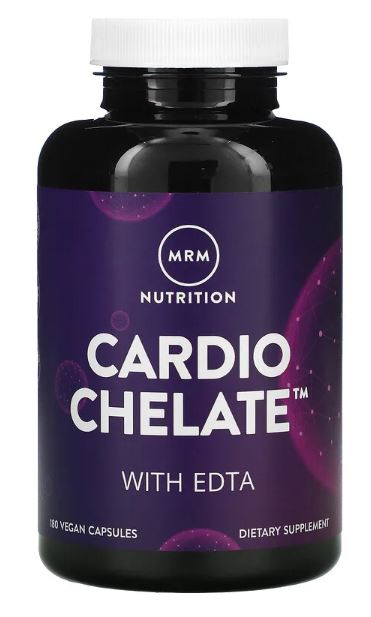Whenever you go to the hospital, they whip out this little contraption which stabs your finger with a tiny needle. Have you ever wondered what that little contraption is? Well, it is a tool used to immediately determine your glucose levels. POC stands for point-of-care, and it checks the fluctuations in glycaemia. This little tool is invaluable for ambulance staff and emergency room staff. This is also a device that diabetics can carry with them to check their blood sugar levels when needed.
What is POC glucose?
Point-of-care tests are rapid tests to determine whether a patient is hypoglycaemic or hyperglycaemic, without waiting for results from the laboratory. Due to blood sugar levels being prone to fluctuation, hospitals prefer to use POC tests so that rapid treatment can be performed should it become necessary. There has been doubts about the accuracy of these tests, but these have been dispelled through the teaching of proper testing. These include preanalytical and postanalytical errors that can be avoided through proper preparation of the test site, proper identification of tested patients, and the proper documentation of the results. Since hyperglycaemia and diabetes are common problems for patients, it is necessary to monitor the blood glucose levels of these patients. The reason for this is that food and medication given to these patients directly affects the blood glucose levels of a person’s body.
If you are interested to see how glucose level reacts to some food you can refer to natural blood thinners post or Hematic Food YouTube channel
What does my POC glucose reading mean?
There are three readings that you will typically find when using the POC device.
The first is hyperglycaemia, which means you have high blood glucose. This translates to too much sugar in your blood as your body lacks enough insulin. The reading will be blood sugar levels above 125 mg/dL. This can cause excessive hunger and thirst, rapid heartbeat, vision problems, vomiting, and other symptoms.
The second glucose reading will be a blood sugar level less than 140 mg/dL, which is normal. When a person becomes hyperactive, their blood sugar level is slightly higher, thus the saying that they are on a “sugar high”. But if their blood sugar levels are tested, it will not rise to the levels of hyperglycaemia.
The third one is hypoglycaemia, which means you have low blood sugar. The reading will be blood sugar levels below 70 mg/dL.There are many symptoms of this, but hypoglycaemia is normally related to people with diabetes. This does not mean that the everyday person cannot get this. Medications and certain conditions can cause low blood sugar as well. Early symptoms include feeling tired, dizzy, trembling, heart palpitations, and turning pale. If left untreated, you may get other symptoms such as weakness, blurred vision, slurred speech, seizures, or passing out.
Glucose and water
If you have been diagnosed with diabetes you have to be vigilant about what and how much you eat and drink. In this case, the drink at hand is good for both diabetic, pre-diabetic and normal people. It not only hydrates you, but it also won’t raise your blood sugar levels. It can also help your body to eliminate excess glucose through your urine. But if water alone isn’t your cup of tea, there are a few alternatives you can look at to spice up your palate. You can add some lemon, lime or orange. There is also a variety of flavourful herbs to try, such as mint and basil. Still not satisfied? Try some seltzer water, which comes in a variety of different flavours to choose from.
Tea is also a great refresher, as long as you leave the sugar pot out of the mix. There is also a wide variety of herbal and flower teas to choose from. Not a tea drinker? Try some black unsweetened coffee. If you do want something sweet in your coffee or tea, there are sweeteners available that are specifically designed with diabetics in mind. Skip the fruit juices that is packed with sugar, and rather grab a glass of vegetable juice. Although many will immediately find the idea disgusting, there are many recipes that make for a great glass of yum.
But let’s mix it up and add glucose to water. Many use it as a rehydrater, especially during hot summer days. The most common use for glucose water, or dextrose solution, is actually found in hospitals. It is used to treat people who have suffered water loss without electrolyte loss, such as which is found with fever, hyperthyroidism, and diabetes insipidus. This solution is given intravenously, and has many other uses as well. Next time you’re in a hospital, check out what is written on the bags hanging from the racks. The chances are good that dextrose solution will be one of them.
You can watch an experiment with a water below.
The difference between a glucometer and a lab test
The answer is short and sweet; a glucometer is simply better than a laboratory test. The main reason for this is that samples that are sent to the laboratory may take several days to be returned, while a glucometer gives you immediate results. This fact alone could be the difference between life and death. Sounding a bit over-dramatic? The mortality rate of diabetic complications such as hypoglycaemia or hyperglycaemia attributes to an estimated 4.2 million deaths per year. Much of this number is unfortunately found in third world countries such as the North African region and the Middle East. This is due to the lack of proper treatment and availability to medical care. But the glucometer has been a game changer, which came into play approximately 25 years ago in a private medical clinic, where a noted haematologist started measuring blood glucose levels simultaneously with both an SMBG device and venous blood tests. From there the glucometer was developed due to the findings of this haematologist. For more information on this, follow the link below.
Different blood glucose readings within minutes
One thing that you must understand is that your blood sugar levels can fluctuate within a minute. At its most extreme, people with brittle diabetes experiences sudden and frequent changes in their blood glucose levels with no apparent reason. For the most part though, it is best to understand how and why your blood glucose levels fluctuate. In the words of Karen A. Chalmers, MS, RD, CDE, “Blood sugar is like a wave in the ocean – it’s constantly in motion.” This is why it is important to monitor your tests over a period of time to find a pattern, and to discuss this with your doctor. Your doctor will probably also give you a time schedule of the best times to test, such as when you wake up in the morning, before each meal, after each meal, and before you go to bed. This will also change if you exercise, as exercise has an effect on how your body metabolizes sugars in the body.
Another factor will be if and when you take medication, especially if you take insulin. If you want to achieve good blood sugar control, it is best to keep a log of each time you test and what the results of each test is. By doing this, you may actually save costs on doctor’s visits by maintaining better blood sugar control.


